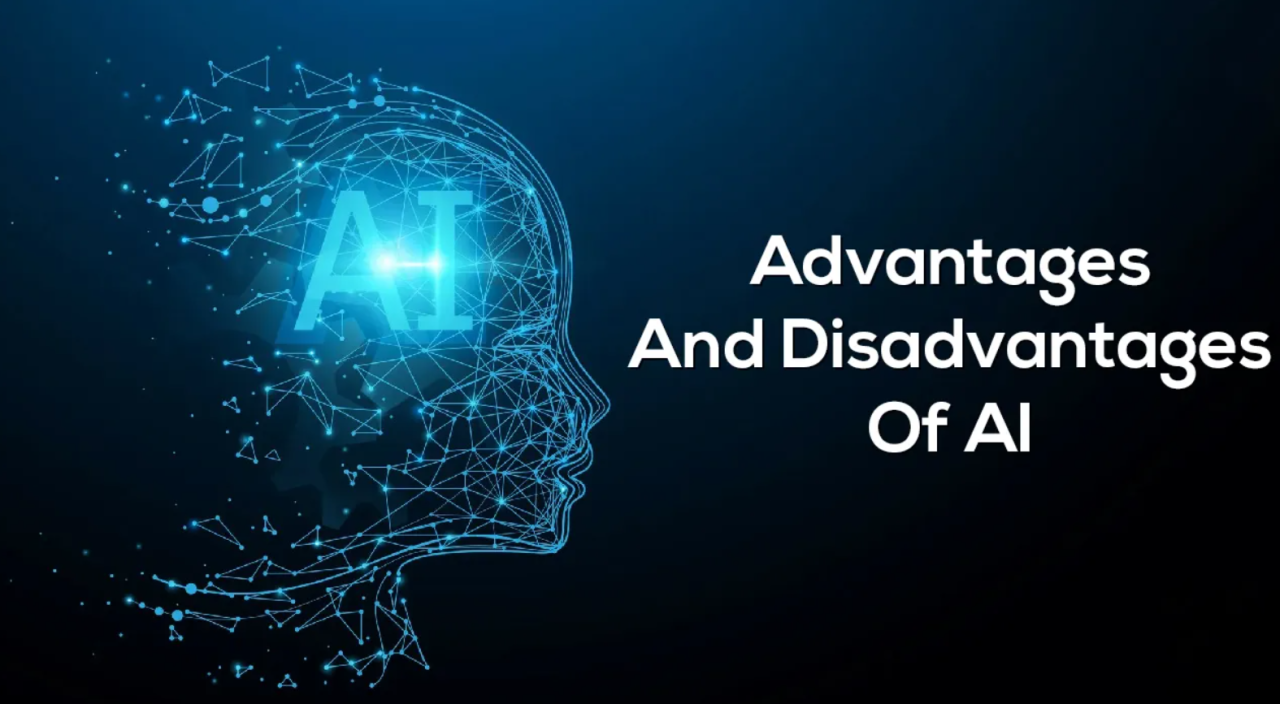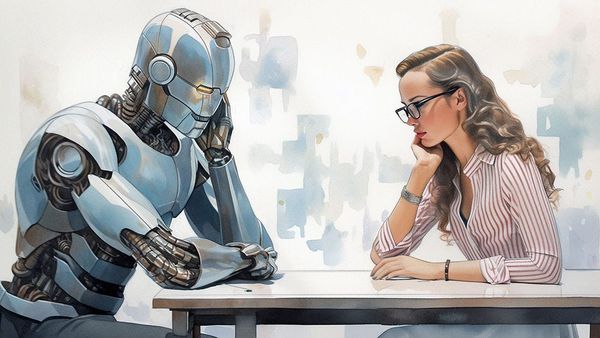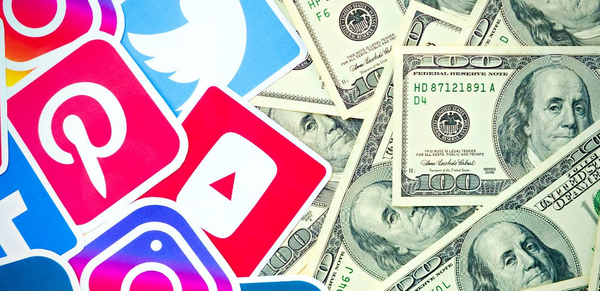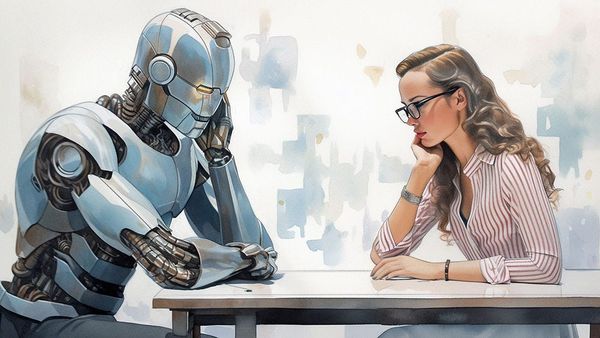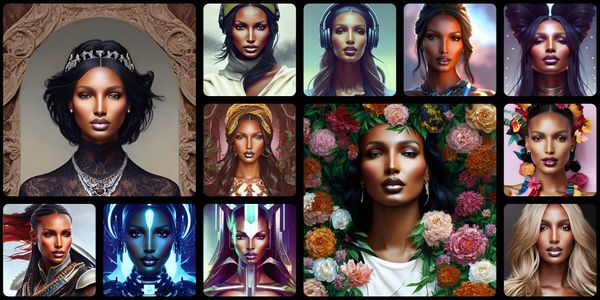In an era characterized by rapid technological advancements, the creative landscape has undergone a remarkable transformation. The integration of artificial intelligence (AI) into various aspects of human life has opened new frontiers, especially in the realms of photo editing and art creation. While AI holds the promise of enhancing efficiency and accessibility, it also presents a set of challenges that warrant careful consideration. In this blog, we will delve into the pros and cons of using AI in photo editing and art creation, ultimately highlighting the need for a balanced approach that maximizes AI's potential while preserving the essence of human creativity.
Enhanced Efficiency and Speed
One of the standout advantages of incorporating AI into photo editing and art creation is the heightened efficiency and speed it brings to the creative process. AI-powered tools can automate a range of repetitive tasks, such as color correction, retouching, and background removal. What used to take hours can now be accomplished in a fraction of the time, enabling professionals and hobbyists alike to focus more on the creative aspects of their work. This newfound efficiency not only boosts productivity but also allows artists to experiment more freely with their ideas.
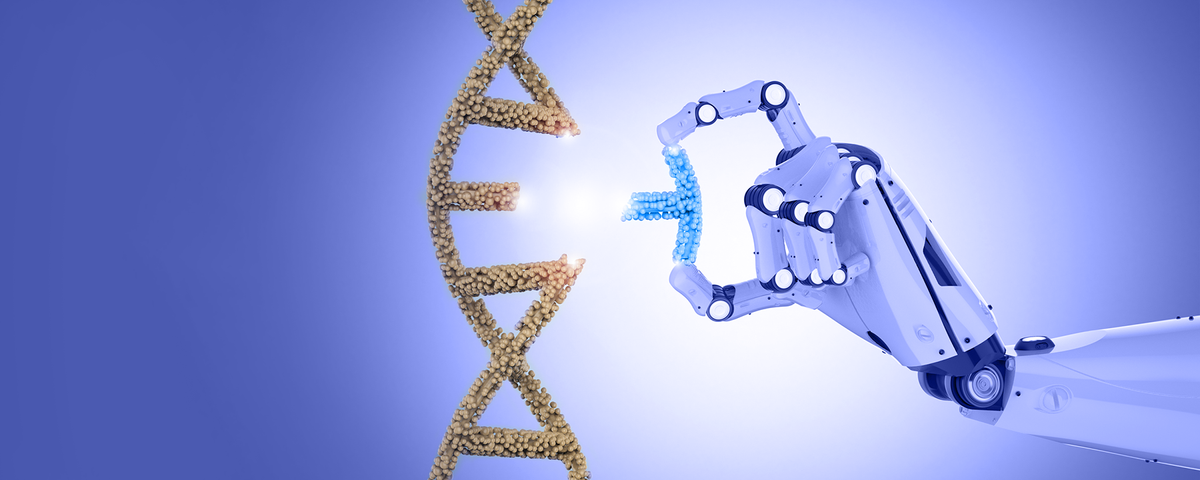
Accessible Creativity
AI's impact goes beyond the realm of professionals, extending its reach to individuals with limited artistic training. AI-driven tools empower non-artists to produce visually stunning content that would have been unimaginable a few years ago. Platforms like Canva and Adobe's Sensei leverage AI to enable users to effortlessly create designs, logos, and graphics. This democratization of creativity makes it possible for a broader audience to engage in artistic expression, breaking down barriers to entry and fostering a culture of creativity.
Advanced Enhancement and Restoration
The application of AI in photo editing extends beyond the creation of new content; it also has the power to enhance and restore old or damaged photos. Through sophisticated algorithms, AI can intelligently analyze and correct imperfections, restoring faded colors, removing scratches, and even upscaling images without significant loss of quality. This capability not only preserves cherished memories but also contributes to the conservation of historical visual records.
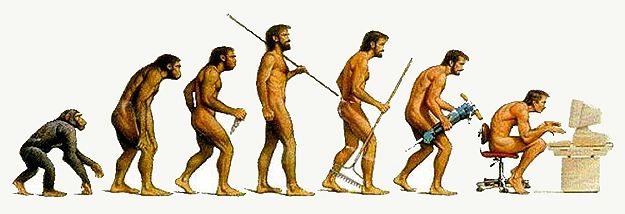
Infinite Creative Exploration
AI-generated art represents a bold departure from traditional creative methodologies. By feeding AI models with vast datasets, artists can explore novel techniques and styles that push the boundaries of imagination. The output of AI can serve as a source of inspiration, fueling artists to experiment with unconventional artistic forms and expressions. This symbiotic relationship between human creativity and AI-generated content opens up exciting new avenues for artistic exploration.
Loss of Authenticity
While AI offers a plethora of benefits, an underlying concern emerges: the potential loss of authenticity and uniqueness in creative works. Over-reliance on AI-generated content can lead to a saturation of generic, formulaic art that lacks the personal touch and distinctiveness that define human-made creations. This challenge prompts us to reflect on the delicate balance between leveraging AI's capabilities and preserving the essence of individual creativity.
Ethical Concerns
The ethical implications of AI-driven creativity extend beyond the creative process itself. As AI increasingly contributes to the generation of art and visual content, questions arise regarding ownership and authorship. Determining the rightful creator of a piece becomes complex when AI plays a significant role in its conception. Additionally, there is a growing concern about the potential misuse of AI-generated content for fraudulent purposes, such as deepfakes that can convincingly mimic real artworks.
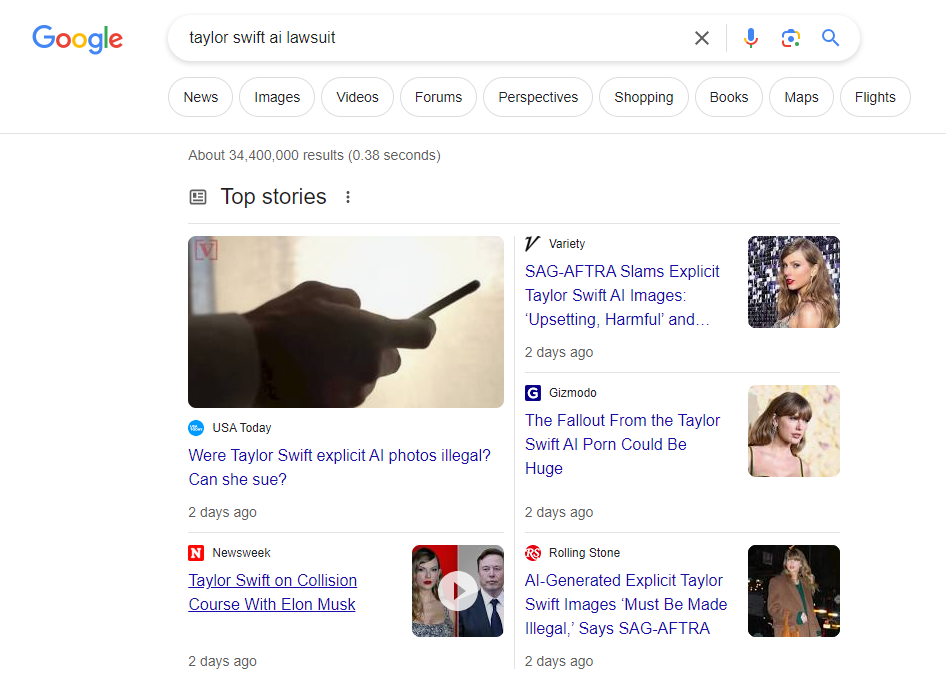
Dependency on Data and Algorithms
The effectiveness of AI tools heavily relies on the quality and quantity of data they are trained on. While large datasets enable AI to generate impressive results, they can also introduce biases and limitations into the creative process. These biases may inadvertently shape the output, leading to homogenized art that perpetuates existing stereotypes and norms. Furthermore, the algorithms driving AI tools may inadvertently stifle true originality, as they operate within predefined parameters.
Limited Emotional and Contextual Understanding
Art is often a vessel for conveying complex emotions, narratives, and cultural nuances. While AI is adept at analyzing data and patterns, it may struggle to capture the depth of human emotion and the contextual subtleties embedded in art. The intricacies of a painting's brushstrokes or the subtle shifts in expression that convey a character's feelings may elude AI's grasp. The risk of relying solely on AI is the potential loss of the emotional resonance that defines many works of art.
Collaborative Approach
To harness the full potential of AI while addressing its limitations, a collaborative approach is essential. Instead of viewing AI as a replacement for human creativity, it should be embraced as a powerful assistant that complements and augments artistic endeavors. Artists can use AI to streamline technical processes and generate preliminary ideas, allowing them to focus on the aspects of creation that require uniquely human insight and intuition.
Conscious Use of AI
A key to navigating the AI-powered creative landscape is a conscious and thoughtful approach to its use. Recognizing the situations where AI can add significant value, such as automating repetitive tasks, can free up more time for artists to invest in higher-order creative thinking. By identifying the appropriate junctures to introduce AI, creators can strike a balance that preserves their artistic vision and maximizes the benefits of AI-driven tools.
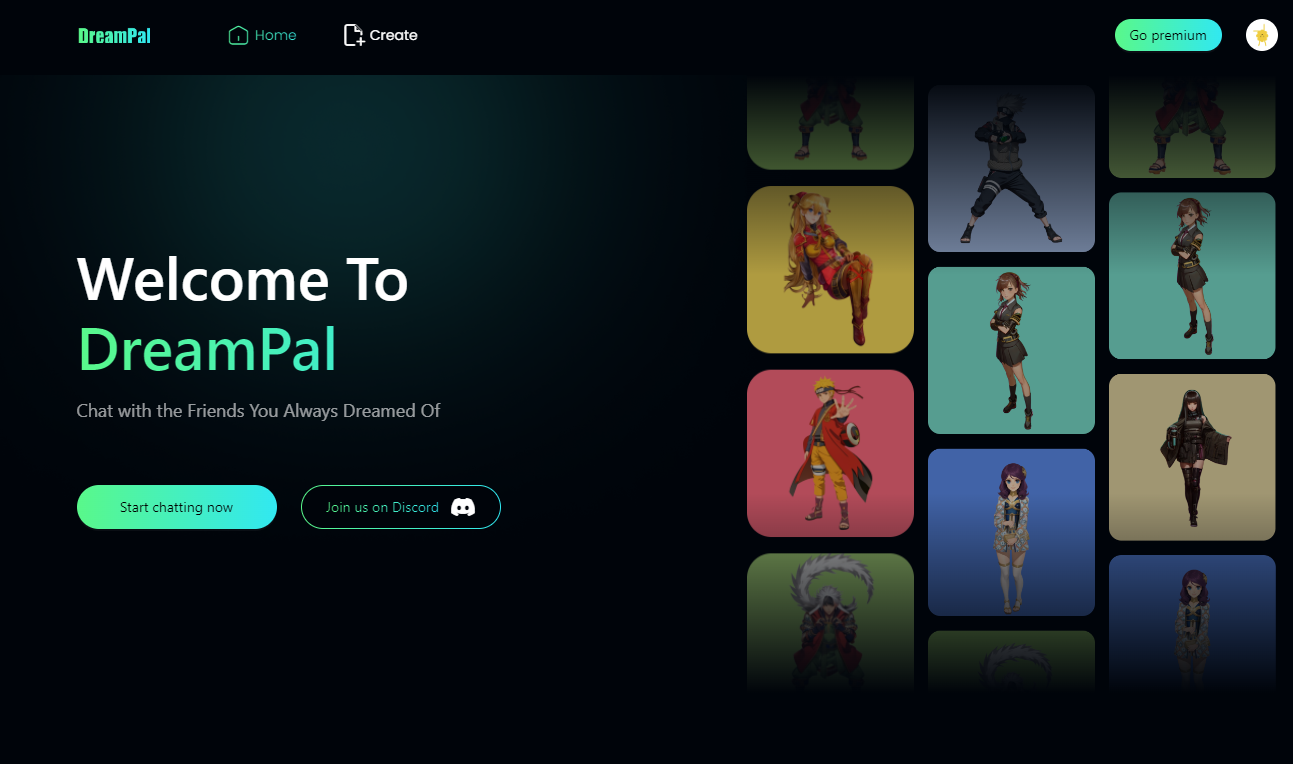
Conclusion
The integration of AI into photo editing and art creation is a testament to the boundless potential of human ingenuity and technological innovation. As we traverse this evolving landscape, it is imperative to acknowledge both the advantages and challenges that AI presents. The efficiency, accessibility, and creative exploration that AI affords must be tempered by a vigilant awareness of its potential impact on authenticity, ethics, and emotional resonance. By adopting a collaborative and conscious approach to AI's role in creativity, we can navigate this exciting frontier while ensuring that the heart and soul of human artistic expression remain at the forefront.
If you enjoyed this blog and you love AI, please check out our DreamPal chat partners on the button below!

